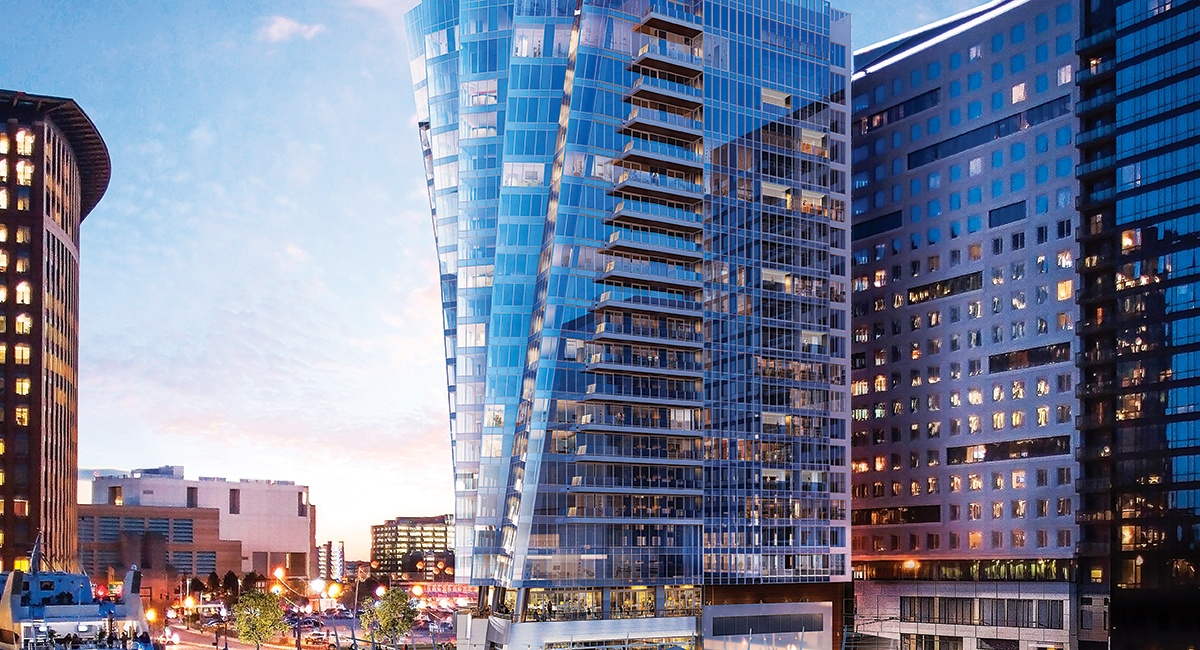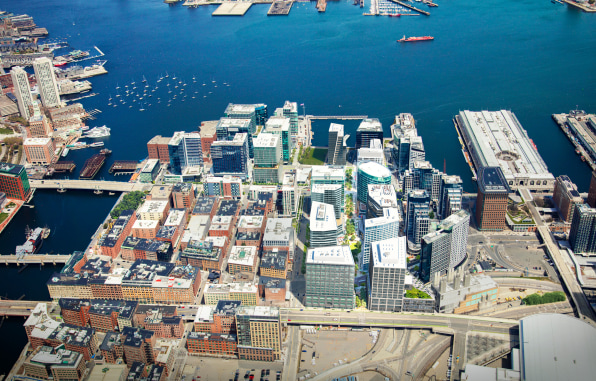Seems to me that there is a long tradition of public government buildings being keystones in cities, and in my opinion they should get prime locations, so long as they are prime buildings. Think of the Statehouse, Customs House, Public Library, the Old Courthouse before it was hidden away. And whether you agree or not whether the Moakley is a great building, it was at least an attempt at a great building, unlike, say, the O'Neill. I'd go so far as to say that the Moakley was a key catalyst on transforming the Seaport into what it is today, as intended. And the money forgone by not selling the parcel off to the highest bidder is not terribly significant on the investment timescale applicable to courthouses and the GSA.




